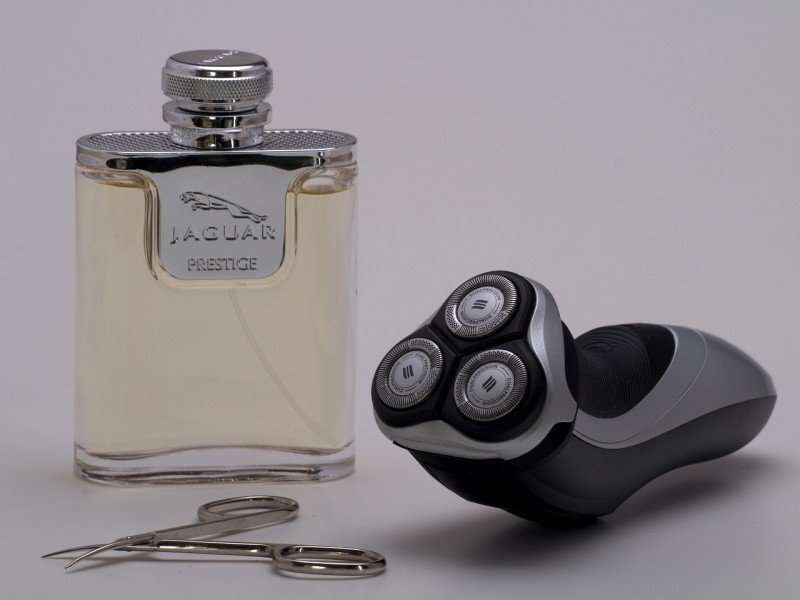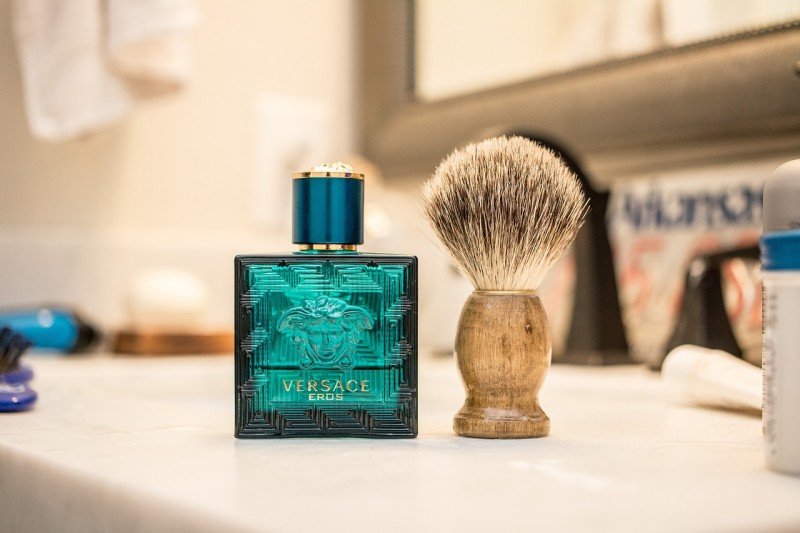Are you frustrated with how quickly your razors lose their sharpness? It's time you became familiar with the necessary techniques to maintain their edge.
From washing the razor after every stroke to recognizing the right moment for blade replacement, we have the essential information.
You'll learn the significance of drying and correct storage for your razors and how habitual honing can extend the lifespan of your razor.
So, let's get started and elevate your shaving routine to a new level!
Key Takeaways
- Rinsing the razor after each stroke is crucial for maintaining sharpness.
- Drying razors after each use is critical for preventing corrosion and extending lifespan.
- Storing razors in dry places enhances their longevity and sharpness.
- Regular honing is essential for maintaining razor sharpness.
Rinsing Razors After Each Stroke
While maintaining your razor's sharpness, rinsing it after each stroke is crucial, it's not just about making a clean cut; it's about preserving the blade's integrity.
Your stroke technique and how you manoeuvre the razor across your skin can significantly affect the blade's longevity.
Dressing the razor along your skin without rinsing, hair, dead skin, and shaving cream accumulate on the blade. This gunk can interfere with your next stroke, preventing the blade from smoothly gliding over your skin. It can lead to tugging, pulling, and even nicks or cuts.
Blade cleaning isn't something to be taken lightly. Rinse your razor thoroughly under hot running water after each stroke. This will dislodge any trapped debris, ensuring the blade is clean and ready for the next pass. It's a simple action, but one that can make a world of difference in your shaving routine.
Importance of Drying Razors Post-Use
Just as rinsing your razor is vital, so is drying it thoroughly after each use. It's a simple yet critical step that significantly affects corrosion prevention and material longevity. You may not realize it yet, but neglecting to dry your razor can cause it to rust, dulling the blades and shortening its lifespan.
Here are three reasons why drying your razor post-use is so crucial:
-
Corrosion prevention: Water left on your razor can lead to rust. This corrosion dulls the blades and can harm your skin during shaving. By simply drying your razor, you're taking a big step towards preventing rust and keeping your blades sharp.
-
Material longevity: Drying your razor effectively extends its lifespan. The less time your razor spends in a wet environment, the longer it'll last. It's an easy way to save money by not needing to replace your razor frequently.
-
Maintaining sharpness: A dry razor is a sharp razor. Water can quickly dull your blades, but with consistent drying, you'll keep your razor razor-sharp for longer.
Storing Razors in Dry Places
You'll significantly enhance the longevity and sharpness of your razor by storing it in a dry place after use. This strategy is a crucial part of corrosion prevention. When a razor is left in a humid or wet environment, it's susceptible to rust and corrosion, which dulls the blade.
Humidity control is key here. With steamy showers and damp air, bathrooms can be a razor's worst enemy. Consider storing your razor in a dry location, like a bedroom or closet, instead of leaving it in the bathroom. If that's not feasible, at least ensure it's tucked away in a cabinet or drawer where humidity is less likely to reach it.
Don't just toss your razor in a drawer, though. It's best to store it in a breathable case that allows air circulation, preventing moisture buildup and facilitating drying. Some people even go the extra mile and use silica gel packets to absorb any residual moisture.
Regular Razor Honing
After ensuring your razor is stored in a dry place, it's time to focus on regular honing, another essential step in maintaining its sharpness. Honing frequency greatly influences a razor's longevity and performance. Regularly honing your razor isn't just recommended; it's necessary.
Let's consider the honing tools required. Remember, investing in quality tools guarantees a sharper and more durable edge.
- Honing Stone: This is a flat stone used to grind and hone the edges of steel tools. Choose a stone with fine grit for best results.
- Strop: A leather strop helps realign the blade and remove any remaining burrs, ensuring a smooth shave.
- Honing Oil: Specially designed for honing stones, this oil reduces friction during honing, protecting your blade from damage.
But how often should you hone? That depends on how frequently you use your razor. A good rule of thumb is to hone your razor after every 5-7 shaves. This frequency ensures the blade stays sharp and prolongs its lifespan.
Replacing Dull Blades
Despite honing your razor regularly, there comes a time when you'll need to replace the blade due to inevitable dullness. Now, you might question what to do with the old one. This is where blade recycling comes into play. It's not just about keeping your razor sharp, it's also about the eco-friendly disposal of old blades.
| Step | Description | Benefits |
|---|---|---|
| Purchase a blade bank | These are small, affordable containers made specifically for storing used blades. | Safety & convenience |
| Store dull blades | Instead of throwing them in the bin, put them in your blade bank. | Prevents injury & contamination |
| Recycle | Once full, take your blade bank to a recycling facility. | Eco-friendly disposal |
Frequently Asked Questions
What Types of Razors Are Best for Maintaining a Sharp Edge?"
Straight razors are the optimal choice for those seeking a consistently sharp edge. This is largely due to their specific edge design and blade thickness. Their built-to-last design allows for repeated sharpening, assuring you always have a keenly sharp tool ready to use.
Are There Specific Brands of Razors Known for Their Long-Lasting Sharpness?"
Certainly, the brand can significantly influence the longevity of a razor's sharpness. Notable brands like Merkur, Feather, and Gillette are renowned for their durable sharpness. Additionally, options for razor customization can extend a blade's sharpness by allowing you to adjust the blade to fit your requirements.
How Does the Material of the Blade Affect Its Ability to Stay Sharp?"
The type of material that constitutes your blade plays a vital role in determining how long it can maintain its edge. Blades crafted from superior metal types tend to hold their sharpness for extended periods. However, the longevity of the blade's sharpness can be significantly extended by implementing consistent cleaning and appropriate sharpening techniques, regardless of the material that the blade is made from.
This means that even if your blade is not composed of the most exquisite metal, regular maintenance and care can help keep it in top condition. This is important because a sharp blade can enhance your efficiency and safety for kitchen tasks or outdoor activities.
Are Any Products Available That Can Enhance the Sharpness of a Razor Blade?"
Indeed, products in the market help maintain razor blades' sharpness. Regularly sharpening your blade improves its longevity and performance. Some products coat the blade, extending its lifespan and keeping it sharp for longer. Therefore, you'll encounter a variety of items aimed at ensuring your razor blade remains in excellent condition.
What Are the Risks Associated With Using a Dull Razor Blade?"
The act of shaving with a blunt razor blade carries specific hazards. You might sometimes deal with minor injuries such as nicks and cuts or even severe wounds. The quality of your shave may also be compromised, as a blunt blade can lead to uneven shaving and the unpleasant scenario of skin irritation.


